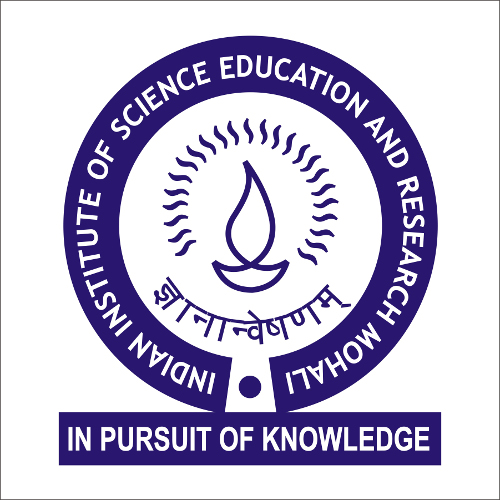Forthcoming Events
Biomolecular condensation by liquid-liquid phase separation at the center of viral replication in RNA and DNA virus models
Prof. Gonzalo de Prat Gay (Fundación Instituto Leloir, Buenos Aires, Argentina)
Location : AB2-5B
Abstract: Viral factories of liquid nature host transcription and replication of genes in most viruses. We have been investigating RNA and DNA virus model systems. The syncytial respiratory virus (RSV) factories include the proteins required for transcription and replication, brought together by the phosphoprotein (P) RNA polymerase cofactor. Homotypic liquid-liquid phase separation of RSV-P showed a strong down-modulation by adjacent C-terminal sequences. Heterotypic condensation of P with the nucleoprotein-RNA rings (NRNA) is exquisitely tuned by the stoichiometric ratios, which define aggregate-droplet and droplet-dissolution boundaries. Time course analysis in cells show small NRNA-P nuclei that evolve by coalescing into a discrete number of large granules. This behavior is recapitulated in infected cells where a large number of early small puncta containing P gradually evolve to a discrete number of large viral factories. P emerges as a “solvent-protein” and a candidate as a fluidity tuner within viral factories. The second system under study, is the human papillomavirus (HPV), a small DNA virus responsible for uterus and oropharingeal cancers. Its transcription and replication is governed by the E2 master regulator, shown to be the target of replication inhibition by the p53 tumor suppressor, but through a yet unknown biochemical mechanism. We show that the C-terminal DNA binding domain of HPV16 E2 protein (E2C) triggers heterotypic condensation with p53 at a precise stoichiometry at the onset for demixing, yielding large regular spherical droplets that increase in size with E2C concentration. Interestingly, we show that p53 co-localizes with E2 at HPV replication foci in HPV infected cells. Depending on the length, DNA can either completely dissolve or reshape heterotypic droplets into irregular condensates containing p53, E2C, and DNA. These results, in line with the known role of condensation in eukaryotic gene enhancement and silencing, points at condensation of E2 with p53 as a mean to modulate HPV gene function. The condensate revolution in biology is providing physicochemical and biochemical grounds to a myriad of physiological and pathological mechanisms, including virus biology and cancer. Our model systems contribute to the understanding of fundamental mechanisms of biomolecular condensation, and most importantly, to establishing new paradigms as drug discovery platforms.

